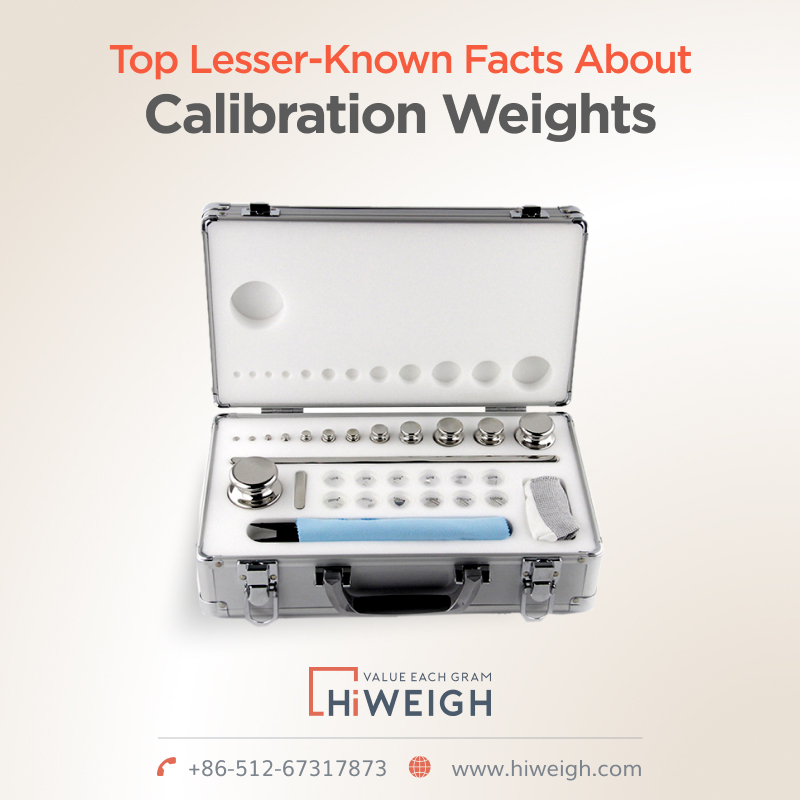Do you run a business where you need to measure the weight of certain goods?
In that case, your primary task should be calibrating the scale that is used in your business operations for any activity. No matter how exact and accurate your scales are, they eventually lose accuracy over time. A scale can deteriorate due to regular use, mechanical or electrical shocks, damp, oils, and other reasons. What might the answer be, then? How can you improve the scales’ accuracy? Well, calibrating with calibration weights is a certain fix for unreliable scales, right? Let’s find out from this post. Everything you need to know about calibrating will be covered today.



What is calibration?
A scale’s accuracy is determined, confirmed, corrected, checked, and tested during calibration. It is conducted to confirm if a weighing instrument’s accuracy is consistent with the approved or standard findings. That’s why calibration weights are used to ascertain the accuracy of a weighing scale.
Significance of calibration
To guarantee that the weighing findings are consistent, calibration is required. Businesses and firms must accurately weigh their items since the discrepancy between stated weight and real weight might harm a company’s reputation.
Additionally, it prolongs the life of scales and measuring devices. Wide-ranging tests, error inspection, and experiments are conducted throughout the calibration procedure to ascertain the precision of the weighing scales on various parameters.
Types of calibration
External calibration and internal calibration are the two methods available for calibrating weight instruments. Let’s talk about each one separately.
External calibration
The scales are calibrated manually. It calls for the utilisation of a collection of calibrating weights for certified weighing scales. The calibration weights are first placed on various scales to check their weight or mass. To confirm the accuracy of each scale, the calibration weights’ weight is set as a benchmark. Consequently, it is essential to get the calibrating weights from a reliable supplier. Additionally, these weights should be in excellent condition to prevent any deflection, mass loss, or growth.
Pros of external calibration
- In comparison to in-built calibration, the calibration device is cheaper.
- Utilizing the scale’s whole capacity range, calibration is possible.
Cons of external calibration
- It takes a long time and is quite laborious.
Internal calibration
For internal calibration, the weighing scales can be calibrated automatically or to themselves without the aid of a user or weight sets. The accuracy assessment of weighing scales is ensured by a number of technologies. Some balances include a sophisticated built-in capability that allows calibration to be set for a certain period and interval. Even they enable calibration by pushing a particular button.
Pros of internal calibration
- Staff from the lab do not need to get involved in the procedure.
- Even external calibration of the scales is possible upon request.
Cons of internal calibration
- It’s a pricey affair.
- Periodically, you might need external calibration.
- The scale’s entire capacity range is’nt calibrated.
Top tests carried out when calibrating weight scales
Depending on the industry, necessity, application, and, of course, the laws, there are a variety of calibration scale tests that may be performed. The calibration procedure might also change depending on the manufacturer’s requirements. Common calibration tests include the following:
Span Calibration: For this procedure, weights that are equal to the balance’s maximum carrying capacity are used.
Linearity Calibration: The procedure is identical to span calibration, with the extra option of using a midway weight as an additional reference point.
Test for Repeatability: During this test, the weight is repeatedly weighed while being positioned in the same point on the scale.
Eccentricity Test: The weight is shifted around on the balance and weighed several times during the eccentricity test.
Weighing Test: In this test, the combined weight is raised or lowered to see how accurate the scale is.
The minimum weight test, also known as a tolerance test, is used to establish the minimal load necessary to produce reliable findings.
What advantages does calibrating offer?
Calibration provides a number of advantages in addition to producing results that are more precise and superior. They are:
- It prevents any monetary fines, client complaints, and legal measures.
- Stakeholders and customers will have a favourable perception of your brand because you do what you teach.
- Easily pass both internal and external audits with your goods.
Conclusion
Make sure the scale is calibrated when you utilise it for any operations of your business. It should be noted that often the best quality won’t always offer correct measurements. Accuracy declines over time because of usual wear and tear. If the scale is subjected to electrical or mechanical trauma or is in a production setting with moisture, lubricants, metal chips, etc., it may deteriorate even more quickly.
Testing the scale to guarantee the degree of precision you need is known as calibration. Scale calibration is crucial in a laboratory setting because outcomes are based on precise weights. Your firm might suffer greatly from an incorrect scale. Inaccurate measurements in processing and manufacturing might lead to problems with product quality, batches that are trashed, or even a product recall.
